Advantages
GM15 mouse model benefit the scientific and industrial community by providing in vivo experimental evidence sustaining the causal link between a given microbiota and health or disease.
In addition, the GM15 model offers exciting perspectives for preclinical research focusing on drug-host-microbes interactions to evaluate antimicrobial resistance and the impact of drugs on commensals and on the intestinal barrier function. Finally, the GM15 model with its simplified gut microbiota also offers the possibility to use it as a template for establishing customized and further complex consortia to investigate specific biological questions.
Potential Applications
GM15 model offers possibilities for preclinical research focusing on host– microbe and microbe–microbe interactions, and how the microbiota shapes the environmental impact on health and diseases or drug efficacy. Thus this model allows to:
- evaluate antimicrobial effects (dysbiosis) and resistance, as well as the effects of drugs on commensals and intestinal barrier function using a standardized mouse model which comprises 15 bacterial strains that are representative of the most prevalent bacterial taxa in the mouse fecal microbiota,
- provide a reproducible mouse model to aid understanding of the role of the gut microbiota in the health-disease transition phenomenon, its prevention and/or treatment,
- use the model as a surrogate to establish customized and more complex consortia to investigate specific biological questions.
Outlook
To demonstrate the use of GM15 model in different application fields, such as but not limited to metabolic research (malnutrition, obesity), immunology including allergy (prophylactic or curative treatment), cancer research (e.g. immunomodulatory effect of microbiota during anti-cancer therapies) and vaccine development or microbiota- (commensal/pathogenic bacteria, viruses [prokaryote or eukaryote], fungi) host interactions allowing a better understanding of health-disease transition.
An example in the field of infectious diseases, one of the areas attracting considerable attention and utilizing the gnotobiotic animal model is that of the host–pathogen interrelationship. Over the past decades gnotobiology showed promise and in many cases demonstrated its relevance in analyzing protective function of microbiota of gnotobiots to bacterial or viral infections.
BIOASTER is welcoming partners willing to re-risk their product development using GM15 model either within the frame of a co-development or within a consortium.


